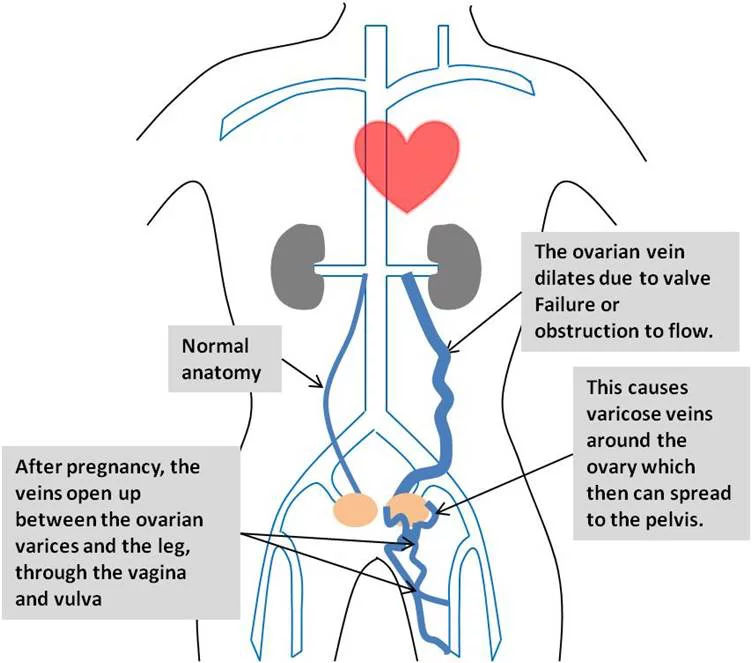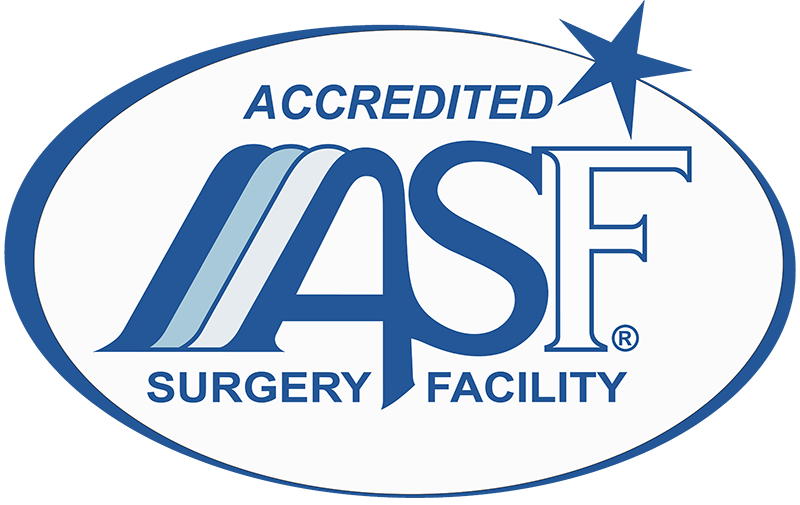Pelvic Congestion Syndrome
What is Pelvic Congestion Syndrome?
Pelvic congestion syndrome is a condition that causes chronic pelvic pain.
In some women, veins in the lower abdomen may stop working well. Blood may start to build up inside the veins. When this happens, the veins in your pelvis can enlarge and change shape, like varicose veins. This may lead to the pain and other symptoms of pelvic congestion syndrome.
It happens mostly in women of childbearing age. It may be more common in women who have given birth to more than one child.

Symtomps
The main symptom of pelvic congestion syndrome is pelvic pain that lasts at least 6 months. This pain often first starts during or after a pregnancy. It may worsen after a later pregnancy. The pain may be a heavy or aching feeling. Or the pain may be sharp. Usually the pain is only on one side, usually the left side. At times you may feel it on both sides. The pain is often worse at the end of the day.
Certain factors may make the pain worse, such as:
- Changing your posture
- Intimacy (both during and after)
- Standing for a long time
- Walking
Some women also have symptoms such as:
- Pain before or during their periods
- Feeling a sudden need to urinate
- Enlarged and distorted veins on the buttocks or thighs

Evaluation
Ultrasound: Abdominal and pelvic ultrasound can help evaluate for PCS. With ultrasound we can directly visualize reflux in the ovarian veins and identify dilated pelvic veins. Center for Vein Care is one of only a few centers that can diagnose this condition with ultrasound.
Pelvic Venography: The most definitive imaging modality for diagnosing PCS, this minimally invasive procedure is performed in the hospital by a vascular specialist. A catheter (tube) enters the venous system from the groin or neck, and x-rays are then used to guide the catheter into the ovarian vein. An iodine-based dye is injected into the vein and images are obtained. Pelvic venography may also be used as a treatment when combined with a nonsurgical, minimally invasive procedure known as pelvic embolization. At your surgeon’s discretion, these procedures may be performed together or at different times.
Follow your Doctor’s instructions for care after your procedure. In some cases rapid return to normal activities can be expected.


